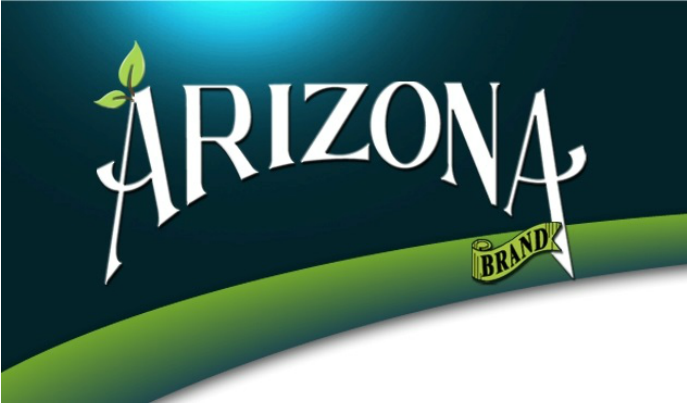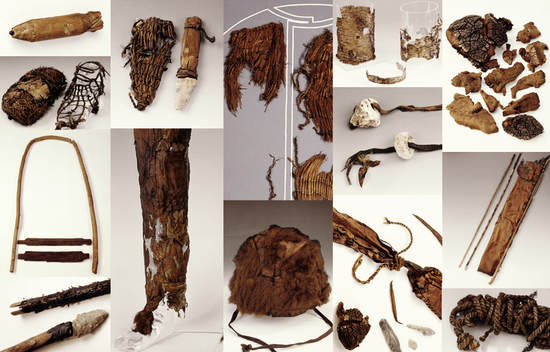
During the 1950’s and 1960’s was when we saw the herbal market start to really grow with the advances in scientific knowledge of natural products. In 1977 expert representatives of traditional medicines recommended that The World Health Organization (WHO) “use all the possible resources at its command to continue to promote and develop traditional medicine” and specifically “should promote the formulation and declaration of national policies for encouraging, supporting and developing traditional systems of medicine.”
Then in 2008 the first WHO Congress on Traditional Medicines met in Bejiing, China and adopted six key articles, known as the Beijing Declaration:
- The knowledge of traditional medicines, treatments and practices should be respected, preserved, promoted and communicated widely and appropriately based on the circumstances in each country;
- Governments have a responsibility for the health of their people and should formulate national policies, regulations and standards, as part of comprehensive national health systems to ensure appropriate, safe and effective use of traditional medicine;
- Recognizing the progress of many governments to date in integrating traditional medicine into their national health system, we call on those who have not yet done so to take action;
- Traditional medicine should be further developed based on research and innovation in line with the “Global Strategy and Plan of Action on Public Health, Innovation and Intellectual Property” adopted at the 61st World Health Assembly in 2008.
- Governments, international organizations and other stakeholders should collaborate in implementing the global strategy and plan of action;
- Governments should establish systems for the qualification, accreditation or licensing of traditional medicine practitioners. Traditional medicine practitioners should upgrade their knowledge and skills based on national requirements; and
- The communication between conventional and traditional medicine providers should be strengthened and appropriate training programs be established for health professionals, medical students and relevant researchers.
Some Facts
According to the World Health Organization...
1. 80% of the population in developing countries depends mostly on the use of medicinal plants.
2. Over 1,300 medicinal plants are used throughout Europe, and which approximately 90% are harvested from wild resources.
3. In the United States about 118 of the top 150 prescription drugs are based on natural resources.
4. Over 25% of prescribed medicines in developed countries are derived from wild plant species,
5. According to the International Union for Conservation of Nature and the World Wildlife Fund, there are between 50,000 and 80,000 flowering plant species used for medicinal purposes worldwide.
Ötzi the Iceman
 A rendering of what scientist expected Ötzi to look like alive.
A rendering of what scientist expected Ötzi to look like alive. ''All folk medicine has its origins in prehistory,'' Dr. Spindler wrote in his 1994 book "The Man in The Ice" . ''Over hundreds and thousands of years remedies were passed on from generation to generation. The modern pharmaceutical industry has frequently analyzed the active constituents of traditional medicines and makes use of them to this day, where synthetic forms cannot be produced. Seen in this light, the Iceman with his modest but no doubt effective traveling medicine kit, is not all that remote from ourselves.''
Chemical analysis of Ötzi’s last meal (still partial digested when he had died) also revealed a compound called gamma-terpinene, which is often found in herbal oils such as coriander oil, lemon oil, and others, suggesting that Ötzi used herbs, either as medicine, as seasoning for his food, or both.




